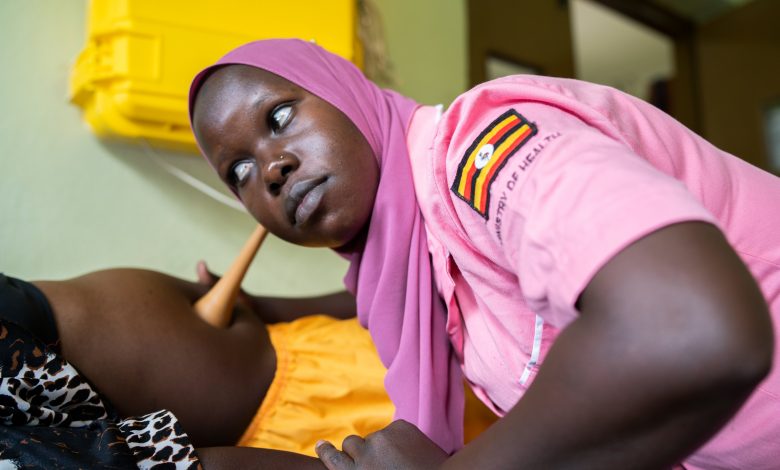UBOS reports slight reduction in teenage pregnancy
Results released by the UBOS indicate child mortality declined between 2001 and 2022 despite it being highest in West Nile, Ankole and in Teso subregions.

Uganda Bureau of Statistics (UBOS) has released the 2022 Uganda Demographic Health Survey (UDHS) indicating a slight decrease in teenage pregnancy from 27% to 25% in rural areas. The report, however, indicated an increase in urban centres from 19% to 21%.
Additionally, according to the released report, there was significant progress in reducing fertility, teenage pregnancy, and child mortality, among other indicators.
Results released by the UBOS indicate child mortality declined between 2001 and 2022 despite it being highest in West Nile, Ankole and in Teso subregions.
Hellen Namirembe Nviiri, the Director of Population and Social Statistics at UBOS, said neonatal mortality, which represents babies dying before one month of age, reduced.
“22 out of every 1,000 babies are dying, down from 29 in 2016. For children below the age of five, 52 out of every 1,000 were dying, showing a decrease of 12 from the 64 recorded in 2016,” she stated.
Relatedly maternal mortality ratio has dropped from 336 (2009-2016) to 189 per 100,000 live births. This includes all deaths in the period of pregnancy, irrespective of the cause.
When it comes to immunization of children, “55% of children between 12-23 months received all basics vaccinations. Percentage of non vaccinated children increased from 3% to 6% in 2019/20,” she added.
In terms of fertility among women, the survey shows that this urrently stands at 5.2 children per woman. This represents a decrease of only two points from 5.4 children per woman in 2016 when the previous survey was conducted.
The highest levels of fertility were recorded in the regions of Karamoja, Busoga, and Bunyoro, whereas the lowest rates were observed in Kampala.
“In Karamoja, the fertility rate is as high as 6.7 children per woman, while Kampala and Kigezi, have the lowest rates, it’s at 4 children per woman. We collected data on various aspects, including marriage, family planning use, sexual activity, maternal and child health, domestic violence, access to HIV information, and nutrition,” Namirembe stated.
Dr. Jane Ruth Aceng, the minister in charge of health, acknowledged that while there are no significant reductions, the small strides made by government indicate that some interventions have been made.
She lauded all stake holders who played part towards coming up with this timely survey.
“Despite the results slightly not appealing, the decrease in some aspects of health in the country has been due to governments work. Many parents have immunized their children. But the method used by UBOS to collect immunization data, doesn’t provide a true picture. The authority relied on whether households had immunization cards, which I believe are challenging to store,” Dr Aceng said.
The 2022 Demographic health survey was conducted by UBOS and they interviewed 19,077 women and 5,097 women in both urban and rural households across the country in 2022.
Information from the UDHS is essential for informed policy-making and planning, monitoring, and evaluation of health programs in general and reproductive health programs in particular, at both the national and regional levels






